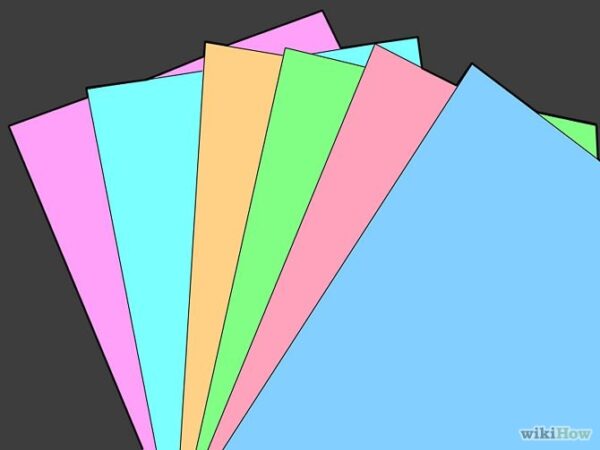There’s a lot more to having a successful flyer than just doing your printing in Brentwood and passing things out. Sure, you might get lucky doing this, but odds are just as good that the money you spend on those flyers will be a total waste. It’s not enough to simply print out flyers and give them to people, then hope everyone will latch onto your message. There are a few things you’re going to want to bear in mind as you design your flyer so your messaging can leap off the page and snag someone’s attention—then your advertising will be doing what you’re paying for.
Write readable text
Readable text comprises three things: it’s easy on the eyes, it’s concise and it’s interesting. Although I’m oversimplifying the process of writing effective copy, keeping close to those three basic principles will help you greatly in your writing. First, to make the text easy on the eyes, pick a font that’s easy to read. If a reader has to decode what you’re saying because you use a complicated font, it’s not going to do you any good. Second, make sure your copy is concise. Use precise language, but try keeping it a little simpler. The reason for this is that it won’t matter how precise your language is—nobody will internalize it if they have to pull out a thesaurus to understand it. Third, keep the text interesting. It shouldn’t be too long, but be sure you get the message across. A good rule of thumb is to use the miniskirt rule: keep things long enough to cover everything, but short enough to keep things interesting.
Take advantage of images
Text is probably not going to be the main focus of your flyer. I led off with it because it’s the easiest thing to foul up. That being said, the most prominent element of your flyer should be some sort of imagery. Think of your flyer as a smaller version of a billboard, and minimize the influence of the text. For example, if you’re in a technical industry but target people in the healthcare field, you might want to use an image of a doctor using a tablet computer or something like that. Paired with some simple copy that reinforces your messaging and intrigues the audience, your messaging will really be able to sink in—especially if you’re offering a product or service that has the capacity to emotionally resonate with people.
Don’t rush through the design process when you’re working on your flyers. There’s a lot more to doing it properly than you might realize, and it’s fairly easy to mess up any or all of the elements. Before you go out and do all your printing in Brentwood, try just printing one or two copies of your flyer as a proof so you can see how everything will look as a finished product. Once you’ve done that, you will be able to do any fine tuning you need before you print off the whole lot of them. Once you’ve done that, all you need to do is go out and hand your flyers out to the right people and see how you can further refine your messaging in the future.

